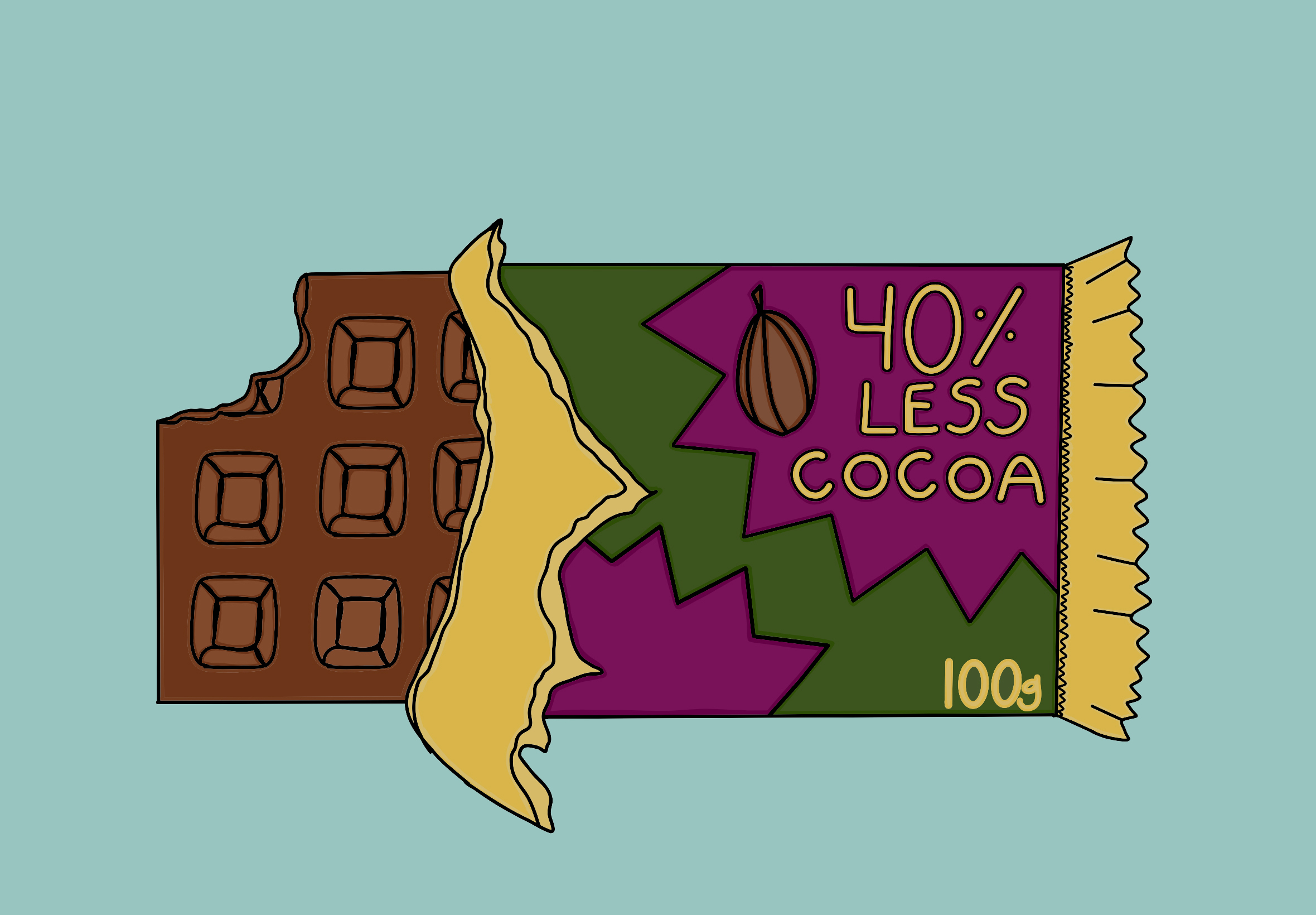Dropped calls. Unsent text messages. The no-service icon. As a student with a cellphone, Meltem Algan is no stranger to the various problems that currently plague UVic’s cell signal on campus.
“It’s shitty,” the 23-year-old Women’s Studies and Film major says.
“Clearihue sucks. The Library sucks. The [Bob Wright] building sucks.”
Naveen Kashyap agrees. “It’s really bad. It’s the worst,” the 21-year-old Mechanical Engineering student says. “I think they do it on purpose.”
Help may be on the way. An open house was held on June 17 in the Michele Pujol room for a Cellular Service Improvement Project, which UVic administrators say is designed to improve cell service on campus. The event, hosted by consultants for wireless service providers including Rogers and Telus, was required as part of UVic’s new plan for involving its community in development projects.
The cellular service project includes the addition of three antennas on the roof of the Bob Wright building. Currently, UVic only has cellular towers at Centennial Stadium, which cover services with Rogers, Telus, Bell and Wind Mobile. But as Kashyap and Algan know, this hasn’t been enough to prevent dropped calls and patchy service all over campus.
“They were providing great coverage in the community and on campus up until about five years ago,” says Andrew Orchard, senior site acquisition specialist for Standard Land.
“Five years ago was when the iPhone came out and people started demanding more bandwidth off their networks,” explains Peter Leathley, municipal specialist for Rogers in B.C. “The main thing is data. The number of users has increased the demand on the network as well as the devices.”
While the expectation is that cellular service will improve with the new antennas, at least one local group has some concerns about potential adverse health effects with the new technology.
Karen Weiss of Citizens for Safe Technology Victoria says cellphone towers aren’t checked often enough and there is little accountability on the part of Industry Canada to make sure emissions of radio frequency (RF) waves are within acceptable Health Canada limits.
RF waves are a type of radiation that has been labelled “possibly carcinogenic to humans” by the International Agency for Research on Cancer. They are emitted by cellphones, cellular towers and Wi-Fi connections (along with other devices like microwave ovens and AM/FM radios).
“How will UVic ensure that the accumulated aggregate [RF] emissions fall within prescribed limits on a regular basis?” Weiss asks.
However, information printed from Health Canada’s website that was provided at the open house said much of the research to-date does not support a link between RF energy exposure and human cancers and that any correlation between long-term health risks and cellphone use remains inconclusive.
As for the extra cell receptors, Health Canada also states: “As long as exposures to cellphone towers meet the limits in Health Canada’s guidelines, [Safety Code 6], there is no scientific reason to consider cellphone towers dangerous to the public.”
Kashyap is aware of the health concerns, but he says, “I don’t think there’s anything we can do about it. Adding three extra antennas is not going to make a big difference.”
In the meantime, he says, “I guess I’ll have to run outside if I need to make an emergency call.”







